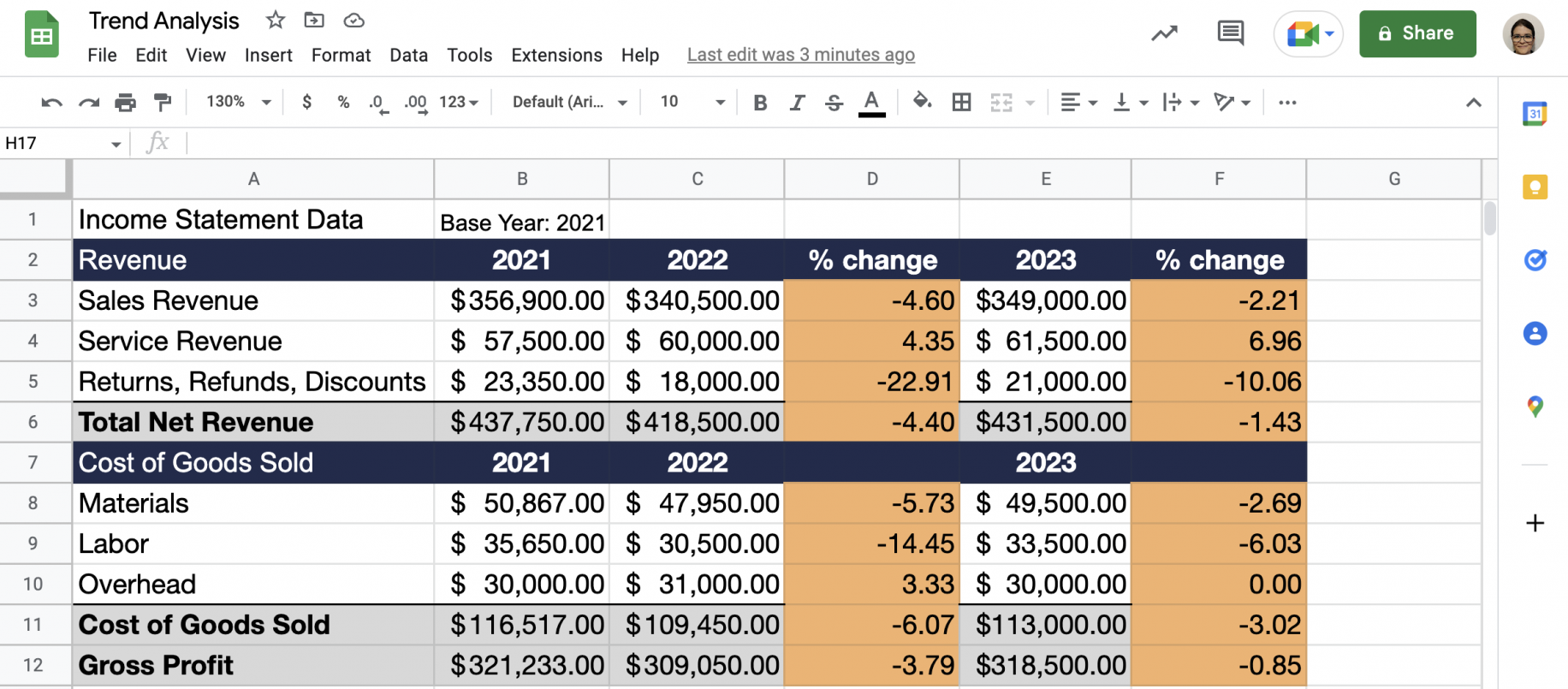Pinpointing The Country's Best New Business Locations

Table of Contents
Analyzing Economic Factors for Optimal Business Locations
A strong economy is the bedrock of any thriving business. Before even considering business site selection, you must thoroughly analyze the economic health of potential locations. This involves more than just looking at overall GDP growth; it requires a deeper dive into several key indicators.
- Examine GDP Growth Rates: Look beyond headline figures. Consider the consistent growth over several years, not just a single year's spike. Sustained growth signifies a stable and resilient economy.
- Unemployment Rates: Low unemployment typically indicates a robust job market and strong consumer spending. This translates to a larger potential customer base and easier access to skilled labor.
- Consumer Spending Data: Analyze consumer spending patterns in different regions. High levels of consumer spending show a healthy economy and potential for strong sales.
- Projected Economic Forecasts: Don't just focus on historical data; look at reputable economic forecasts to gauge the future potential of various regions.
For example, regions with significant infrastructure investment, such as improved transportation networks or technological advancements, often experience stronger economic growth. Resources like the Bureau of Economic Analysis (BEA) website provide valuable data on GDP growth, unemployment, and consumer spending for various regions, helping you make data-driven decisions for your business location strategy.
Evaluating the Local Workforce and Talent Pool
Access to a skilled and available workforce is crucial for business success. Your business site selection should prioritize locations with a robust talent pool that aligns with your business needs.
- Education Levels: Consider the educational attainment of the local population. A highly educated workforce often translates to higher productivity and innovation.
- Workforce Demographics: Analyze the age distribution, skill sets, and diversity of the workforce to ensure it meets your specific requirements.
- Talent Acquisition: Evaluate the ease of recruiting and retaining employees in the area. Consider factors such as competition for talent and the availability of relevant skills.
- Training Programs: The presence of robust vocational training programs and workforce development initiatives indicates a commitment to a skilled workforce and can ease talent acquisition challenges.
Regions with strong universities, technical colleges, or industry-specific training centers often boast a competitive advantage in attracting and retaining a skilled workforce. Accessing local labor market information websites will provide further insight into workforce availability and skill sets within specific regions, facilitating effective business location strategy.
Assessing Infrastructure and Logistics in Potential Business Locations
Efficient infrastructure is the lifeblood of any business, directly impacting operational costs and efficiency. Your ideal business locations should offer robust infrastructure across several key areas.
- Transportation Infrastructure: Assess the quality and accessibility of road, rail, and air transportation networks. Reliable transportation is essential for efficient supply chain management and timely delivery of goods and services.
- Communication Networks: Strong communication infrastructure, including high-speed internet access and reliable telecommunications, is vital for modern business operations.
- Utilities: Ensure reliable access to essential utilities like electricity, water, and gas. Consistent utility services are crucial for smooth operations and prevent costly disruptions.
- Energy Costs: Consider the cost of energy in different regions. High energy costs can significantly increase operational expenses.
- Supply Chain Efficiency: Analyze the proximity to suppliers, distributors, and other relevant businesses within the supply chain. Efficient logistics reduces transportation costs and delivery times.
Areas with well-developed transportation hubs, advanced communication networks, and readily available utilities significantly reduce operational challenges and boost efficiency. Consulting government resources and conducting independent research on infrastructure development within target locations is essential for effective business site selection.
Considering Regulatory Environment and Business Friendliness
The regulatory environment significantly impacts the ease of doing business. Favorable regulations and a business-friendly climate contribute to a positive business environment.
- Business Regulations: Examine the complexity and clarity of business regulations and permits. A streamlined regulatory process minimizes bureaucratic hurdles and facilitates faster business setup.
- Permits and Licenses: Investigate the ease of obtaining necessary permits and licenses. A less cumbersome process saves time and resources.
- Ease of Doing Business: Consult resources such as the World Bank's "Ease of Doing Business" rankings for insights into the business-friendliness of different regions.
- Government Support: Assess the level of government support for businesses, including financial incentives, tax breaks, and other support programs.
- Legal Framework: Ensure a clear and stable legal framework that protects business interests and fosters fair competition.
Regions with transparent and supportive regulations attract businesses and contribute to a thriving economic environment. Analyzing local government websites and engaging with business development organizations in potential locations will provide crucial insights into the regulatory landscape, impacting your business location strategy.
Understanding the Local Market and Customer Base
Thorough market research is crucial for understanding customer needs and identifying potential opportunities. Your top business locations should align with your target market and offer a suitable customer base.
- Target Market: Clearly define your target market and assess its presence and size in different regions.
- Consumer Demographics: Analyze consumer demographics, including age, income, lifestyle, and purchasing habits to ensure market alignment.
- Market Size: Estimate the potential market size and its growth prospects in different areas.
- Competition Analysis: Assess the competitive landscape in different locations. Understanding the existing competition will help you determine your competitive advantage and market positioning.
- Market Research: Conduct thorough market research to gain a comprehensive understanding of local consumer preferences and demands.
Understanding the specific needs and preferences of your target market within different regions is critical for success. Market research reports, consumer surveys, and local competitor analysis will inform strategic decision-making in choosing the best new business locations for your specific product or service.
Conclusion
Pinpointing the country's best new business locations requires a holistic approach, carefully considering economic factors, workforce availability, infrastructure, regulatory environment, and local market dynamics. By thoroughly evaluating these factors and conducting robust research, you can make an informed decision that maximizes your chances of success. Use the insights provided in this guide to conduct your own thorough research, leveraging available data and resources to identify the ideal business locations that perfectly align with your business goals. Remember to explore resources like government websites, economic development agencies, and market research firms to further refine your business site selection. Making the right choice in business location strategy is crucial; don't underestimate the importance of this decision in your entrepreneurial journey.

Featured Posts
-
 Prosecutorial Misconduct Allegations Surface In Cardinals Trial Of The Century
Apr 29, 2025
Prosecutorial Misconduct Allegations Surface In Cardinals Trial Of The Century
Apr 29, 2025 -
 Nyt Spelling Bee Solutions For March 15 2025 Find The Pangram
Apr 29, 2025
Nyt Spelling Bee Solutions For March 15 2025 Find The Pangram
Apr 29, 2025 -
 Klagenfurts Abstiegskampf Investor Plant Trainertausch Jancker Im Fokus
Apr 29, 2025
Klagenfurts Abstiegskampf Investor Plant Trainertausch Jancker Im Fokus
Apr 29, 2025 -
 Die Geschichte Der Deutschen Duelle In Der Champions League
Apr 29, 2025
Die Geschichte Der Deutschen Duelle In Der Champions League
Apr 29, 2025 -
 You Tubes Growing Appeal To Older Viewers A Trend Analysis
Apr 29, 2025
You Tubes Growing Appeal To Older Viewers A Trend Analysis
Apr 29, 2025
